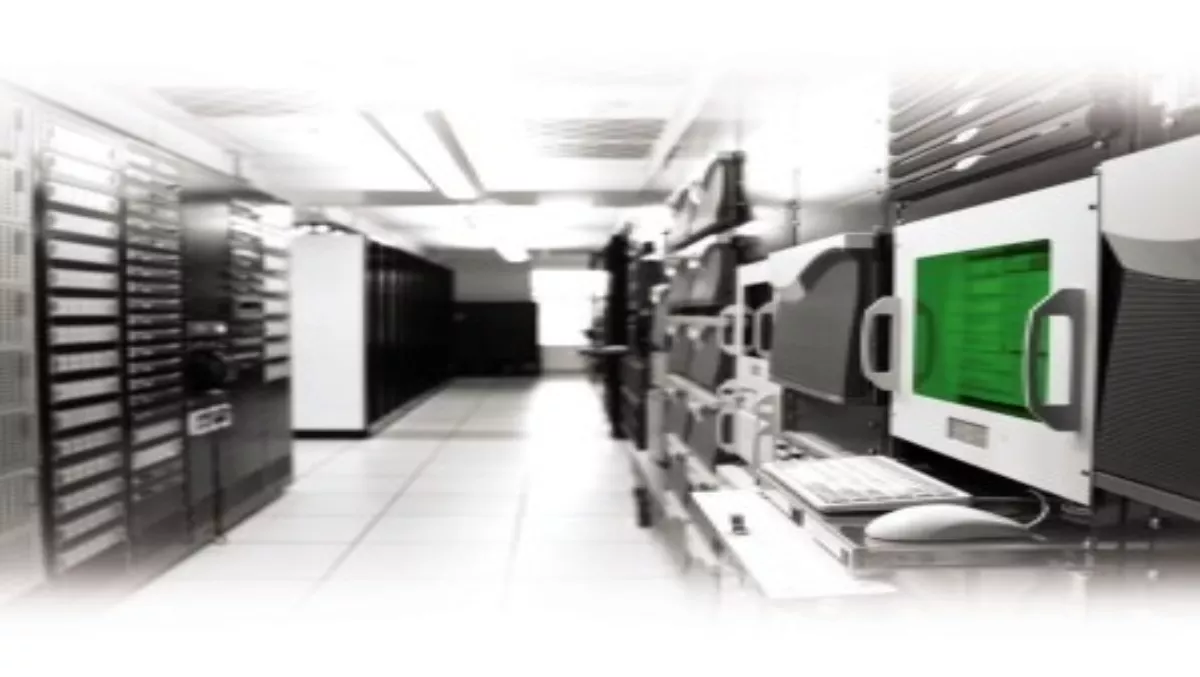The massive and continual growth in data volumes means companies of all kinds are faced with an ongoing challenge of how to store it all.
However, while much is made of volume, that is no longer the most pressing of the issues facing data center managers.
Instead, the real challenge is achieving appropriate performance and efficiency from at-scale storage resources. As businesses consider retaining and delivering data cost-effectively within ever-tighter performance envelopes, flash is taking its place at the head of the tiered architectures of today.
The future of data storage is inextricably tied to how organisations use their information – and how storage vendors meet the challenge of not just retaining data, but also delivering it to ‘when and where’ it is required. That depends creating a storage architecture which is capable of meeting the specific efficiency, performance and cost metrics of each task at hand.
But from a purely technological point of view, storage solutions are undergoing two transitions: from tape to disk, and from disk to flash. The former transition is a hoary old chestnut of storage discussions, with tape stubbornly refusing to accept its fate (the death knell of tape was first sounded in the 1990s, yet it persists to this day).
Meanwhile, the second transition from disk to flash storage is also well underway, with a variety of solutions already in-market and delivering performance advantages which were simply not economically possible with mechanical disk. But just as tape has proven persistent, so too will mechanical disk.
It’s all about workloads
How data is used directly impacts on how it must be stored. The use cases range from high performance transactional workloads which depend on consistent ‘no-loss’, near-instant data delivery, to those where sheer capacity is the major criterion. The use cases lie on a continuum from fast to slow; fast implies expensive, slow implies less costly. There is a definite and clear trade off of price versus performance.
The storage requirements of many companies will range across that continuum, the answer to which is tiered storage to meet the differently-optimised combinations of price, performance, data services and capacity. Flash is introduced at the sharp end, delivering exceptionally fast and reliable data storage and retrieval; high-speed disk follows, with lower speed disk and, inevitably, some tape storage providing low cost gigabytes for information which is rarely retrieved.
But workloads themselves are changing, specifically with the introduction of cloud computing models and the subsequent ‘cloudification’ of enterprise workloads. This has a further impact on how storage resources and functionality must integrate into new operational and consumption models.
However, from a performance standpoint, the requirement from these models is no different from ‘on site’ storage: familiar block/file presentations, performance, consistency and no data loss remain the metrics by which storage is measured. Of course, cost per gigabyte remains an essential metric.
A closer look at flash
What the cloudification of enterprise workloads does is drive up the requirement for extreme performance. Where performance really matters, the technological answer is an easy one: flash.
Indeed, flash is pretty handy for just about any storage type, since its core characteristics are top of any IT person’s ‘want’ list. It is exceptionally fast (even when compared with high-performance mechanical disk), it is more reliable than tape or disk since it has no moving parts, it uses less electricity, and it is exceptionally fast. It’s worth mentioning that twice, as the performance really is ‘all that’.
It could be used anywhere on the continuum but for the one critical drawback: it costs a lot more than any other storage type. By EMC’s calculations, multilevel cell (MLC) solid state technology is expected to be 4x more expensive than fast disks, and 15x more expensive than capacious, slow ones.
That cost differential isn’t applicable today though – these figures are more likely to apply in 2016. However, by leveraging deduplication capabilities, an MLC solution can be delivered today for about the same (or sometimes even lower) cost of disk.
Still tiering after all of these years
The inevitable architectural approach is therefore to continue tiering storage resources, with flash assuming its position as the new head of the table. Using flash storage will deliver the performance required and when used judiciously, it will do so at a price point which renders it worthwhile.
Essentially, flash (coupled with intelligent software, of course) provides the ability to move data ever-closer to the application. For data storage architects, the goal is simple: use a minimal amount of flash to deliver a maximal performance impact.
So where does that leave the future of data storage? Essentially, flash introduces a new tier to a familiar model. While it was once ‘high speed disk, low speed disk and tape’, today flash leads from the front.
Flash won’t make its way deeper into the tiers for some time yet, either. That’s because the capacities of individual flash drives still lag those of individual hard drives by a considerable margin (flash today has a maximum of 2TB, half that of a mechanical drive – but at a very substantial price premium), while the price gap between the two isn’t expected to come down substantially even in the next three years.
Instead, the new normal is a four-segment storage tiering model. And as for the fate of tape? Given the complete absence of success in all previous predictions of its demise, we’ll refrain from making any new forecasts where that’s concerned.
By: Darren McCullum, EMC Emerging Technology Products Division
